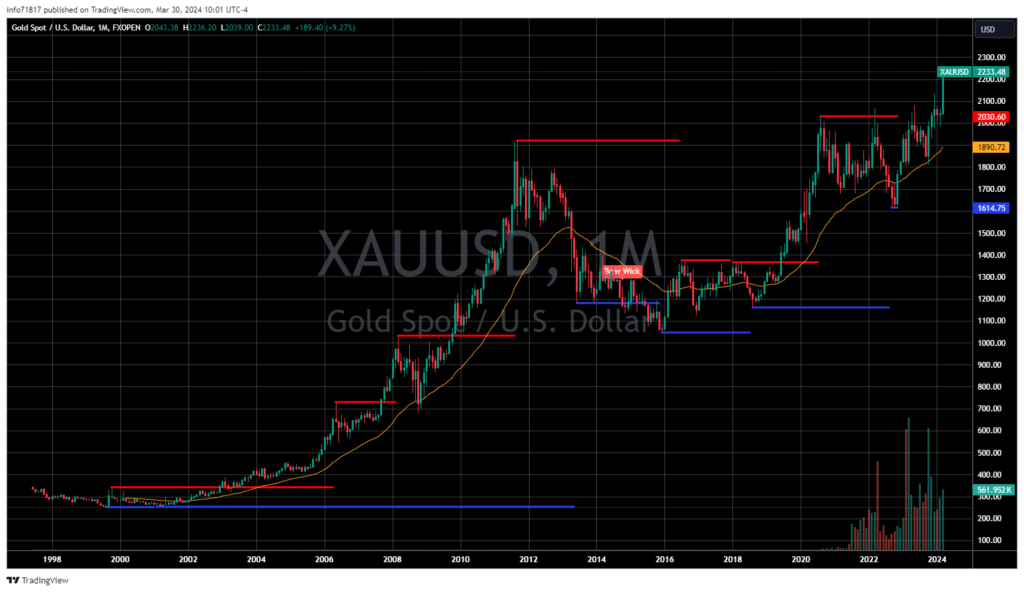
In the realm of portfolio diversification, the principle of spreading one’s investment across a broad spectrum of assets is paramount—a tenet championed by the revered economist Milton Friedman, who advocated for the individual’s freedom and the power of market mechanisms. When we transpose this principle onto the practical stage of investment, the role of gold emerges with pronounced clarity, embodying Friedman’s ideals of individual choice and market diversity.
Friedman, a staunch proponent of free markets, might argue that the inclusion of gold in an investor’s portfolio is a testament to the investor’s liberty to safeguard their wealth against the vicissitudes of government policy and economic cycles. Gold, in this light, is not merely a commodity but a currency without borders, a unit of exchange that transcends the ephemeral policies of central banks and the capricious nature of fiat currencies.
In an era where the specter of inflation looms large, gold’s intrinsic value shines as a beacon of stability. Friedman, who meticulously dissected the dynamics of inflation and its insidious effects on savings and investments, would likely endorse gold’s historical role as a hedge against the dilution of purchasing power. As central banks engage in the alchemy of monetary expansion, gold stands immutable, preserving its value while paper currencies may falter.

Moreover, Friedman’s analysis would extend to the efficiency of markets and the wisdom embedded in their collective decisions. In this context, gold’s price is a barometer of investor sentiment and economic outlook, reflecting a collective judgment on the future of monetary policy and fiscal prudence. By incorporating gold into one’s portfolio, an investor partakes in a global consensus on value and risk, hedging against the unforeseen and the unpredictable.
However, in true Friedmanesque fashion, one must also recognize the market’s propensity for volatility and the inherent risks of concentrating too heavily in any single asset, including gold. The same principles of freedom and choice that justify the inclusion of gold in a diversified portfolio also caution against overreliance on it. Just as Friedman advocated for a balanced approach to economic policy, so too should investors maintain a balanced approach to diversification, using gold not as a panacea but as one of many instruments in a symphony of assets.
In sum, the strategic inclusion of gold in a lifetime portfolio resonates with Milton Friedman’s economic philosophies, advocating for individual autonomy, the prudent management of risk, and the insightful navigation of global market dynamics. Gold, through this lens, is more than a mere asset; it is a manifestation of economic freedom and a tool for the judicious investor to wield in the pursuit of financial resilience and growth.
Copyright 2024 – Options Master, Inc.
Leave a Reply